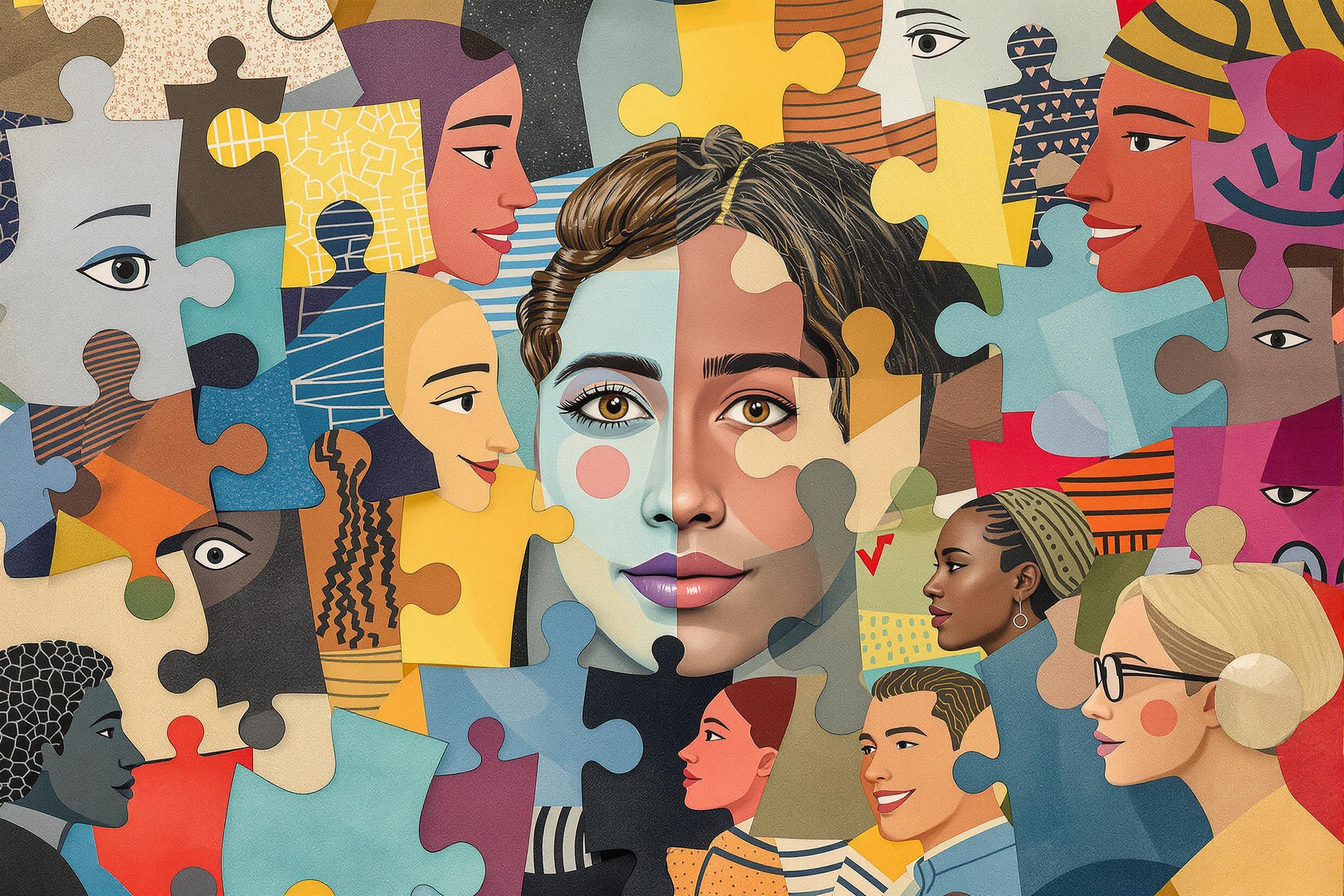
Culturally Responsive Teaching
Culturally Responsive Teaching is an approach to education that recognizes and values the importance of including students' cultural backgrounds in their learning experience. It's like creating a classroom environment that welcomes and celebrates all students' home cultures, languages, and family traditions. Teachers who use this method adjust their teaching style to connect with students from diverse backgrounds, making learning more relatable and effective. Similar terms include "culturally relevant pedagogy" or "culturally inclusive teaching." This approach helps students feel more connected to their learning environment and typically leads to better engagement and academic success.
Examples in Resumes
Implemented Culturally Responsive Teaching strategies to support diverse student populations
Created Culturally Responsive lesson plans that increased parent engagement by 40%
Led professional development workshops on Culturally Responsive Teaching methods
Developed Culturally Responsive Curriculum for pre-K classroom of 18 students
Typical job title: "Early Childhood Educators"
Also try searching for:
Where to Find Early Childhood Educators
Professional Organizations
Online Communities
Job Resources
Example Interview Questions
Senior Level Questions
Q: How would you develop and implement a culturally responsive curriculum for an entire preschool program?
Expected Answer: A strong answer should include creating a comprehensive plan that involves staff training, parent involvement, community partnerships, and specific examples of how to incorporate diverse cultural elements into daily activities. They should mention assessment methods and ways to measure success.
Q: How would you mentor other teachers in culturally responsive practices?
Expected Answer: Look for answers that demonstrate leadership experience, such as organizing workshops, providing one-on-one coaching, creating resource materials, and helping teachers adapt their existing lesson plans to be more culturally inclusive.
Mid Level Questions
Q: How do you incorporate families' cultural backgrounds into your classroom activities?
Expected Answer: Should describe specific examples like inviting family members to share traditions, incorporating multiple languages in classroom materials, and adapting teaching methods to match different cultural learning styles.
Q: How do you handle cultural misunderstandings in the classroom?
Expected Answer: Should explain approaches to turning conflicts into learning opportunities, communicating with families, and creating an inclusive environment where differences are celebrated.
Junior Level Questions
Q: What does culturally responsive teaching mean to you?
Expected Answer: Should demonstrate basic understanding of respecting and incorporating students' cultural backgrounds into teaching methods and classroom environment.
Q: How would you make your classroom welcoming to students from different cultures?
Expected Answer: Should mention practical examples like diverse books and materials, multilingual labels, and inclusive decorations that represent various cultures.
Experience Level Indicators
Junior (0-2 years)
- Basic understanding of diverse learning styles
- Creating inclusive classroom environments
- Using multicultural teaching materials
- Building relationships with diverse families
Mid (2-5 years)
- Adapting curriculum for cultural relevance
- Family engagement strategies
- Cultural conflict resolution
- Differentiated instruction methods
Senior (5+ years)
- Program development and evaluation
- Staff training and mentoring
- Community partnership building
- Cultural advocacy and leadership
Red Flags to Watch For
- Shows bias or stereotyping in language or examples
- Lack of experience with diverse student populations
- Unable to provide specific examples of cultural inclusion
- No knowledge of different cultural learning styles
- Poor communication skills with families from different backgrounds
Related Terms
Need more hiring wisdom? Check these out...

Culture Add vs Culture Fit in Hiring: Why It May Be Time to Rethink Your Approach

Cracking the Code: How to Source Talent in APAC and EMEA with Cultural Sensitivity

Beyond the Resume: Cultivating a "Hire for Potential" Mindset in Management

